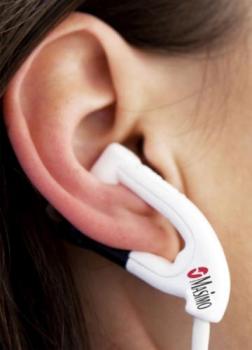Masimo, a global leader in non-invasive monitoring technologies, declared that it has obtained FDA 510(k) Clearance along with CE Mark and a limited release of the first single patient use ear sensor.
 MASIMO SENSOR The Masimo E1(TM) Ear Sensor is placed conveniently and securely in the cavum conchae (inner aspect of the ear).
MASIMO SENSOR The Masimo E1(TM) Ear Sensor is placed conveniently and securely in the cavum conchae (inner aspect of the ear).
In comparison to digit sensors, the Masimo E1 would be able to detect oxygen saturation changes in a rapid way during low perfusion, because of a number of clinical factors such as medication or sedative induced vasoconstriction. When compared to reusable ear sensors, it also eliminates cross-contamination risks for patients and also decreases the complications involved in sensor management for clinicians such as storage, cleaning and transport. During the limited market release, some prominent clinicians from all over the world would be given the opportunity to utilize the E1 sensor and study both the benefits and performance of the device.
The conventional pulse oximetry faces a number of signal processing limitations and clinicians keep looking out for other monitoring sites on the head. Despite the need, most of the available single-patient use sensors for the head are highly unreliable. MasimoSET Measure-through Motion and Low Perfusion pulse oximetry, on the other hand, prevails over the limitations of traditional pulse oximetry and provides dependable true alarm detection and at the same time prevents false alarms during demanding conditions. However, monitoring on the head does have some advantages, such as quicker response to oxygenation changes in the midst of low perfusion.
The E1 being a single patient use ear sensor is positioned safely in the cavum conchae, a deep hollow close to the ear canal opening, permits clinicians to merge Masimo SET performance along with a dependable alternative monitoring site while reducing cross-contamination. This site would free up the hands of the patients and at the same time is easily accessible for clinicians. The E1 is made up of hard-wearing soft silicone and does not have any moving components, which could get caught in the hair or cause skin irritation.